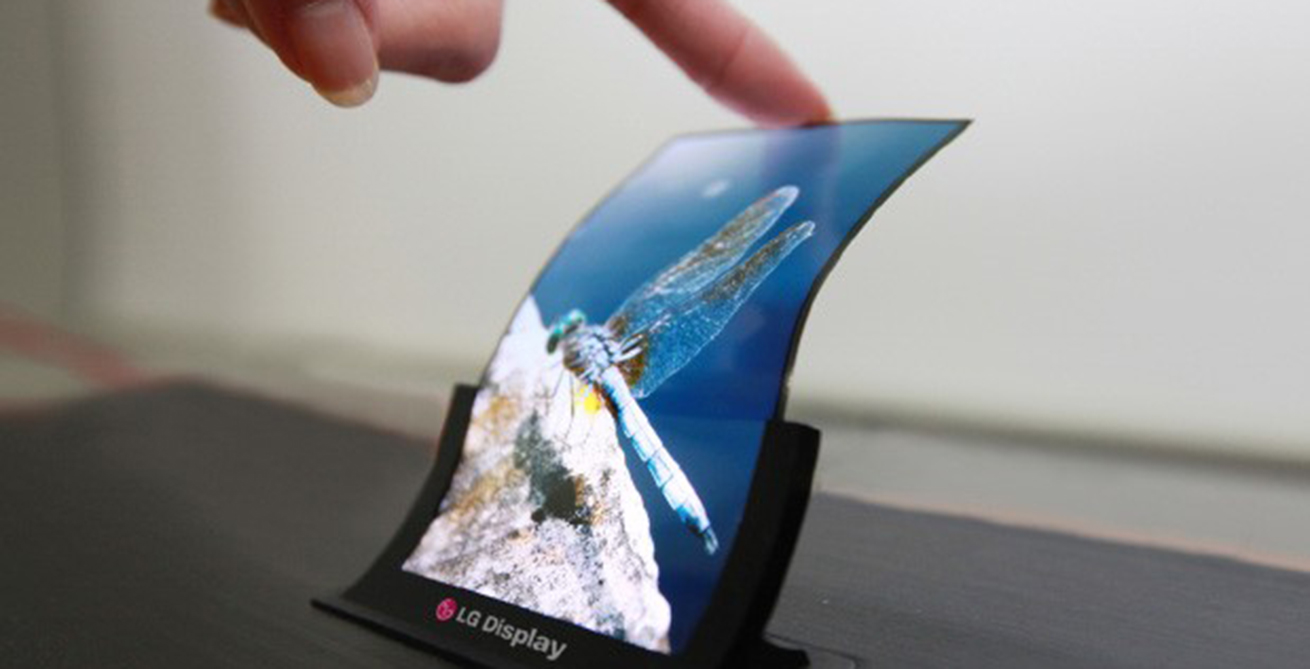
One of the most significant roadblocks to flexible display technology is the lack of durability that currently exists due to the fragile transparent electrodes that many current flexible OLED screens use — for instance, the display on the Apple Watch — but a new technological breakthrough in South Korea may change that in the near future.
Researchers at South Korea’s Electronics and Telecommunications Research Institute announced on April 11th that they had developed transparent electrodes for OLED displays out of graphene, a material that is considered the thinnest, most flexible and fastest option for transferring heat and electricity. Graphene is also much more flexible and resistant to chipping than the previous transparent electrode technology, indium tin oxide or ITO.
The new, more durable technology could lead to the advent of many more wearable devices entering the market in the near future. The Korean scientists say they hope to commercialize flexible and fordable OLED panels in five years.
“Companies are making similar efforts to develop fordable display panels by minimizing the use of ITO electrodes by applying other materials such as plastics,” a spokesman at LG Display told The Korea Herald. “If commercialized soon, the graphene electrode technology would help the industry achieve fordable panels significantly.”
LG is investing heavily in flexible display technology, and its competitor Samsung also has big plans for the space.
Source: The Korea Herald
Via: Engadget
MobileSyrup may earn a commission from purchases made via our links, which helps fund the journalism we provide free on our website. These links do not influence our editorial content. Support us here.


